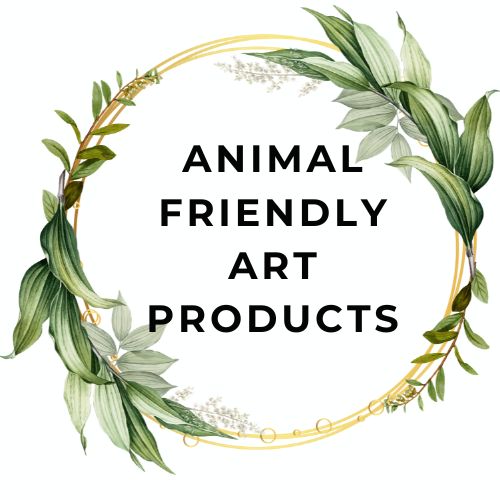QUICK LINKSArticles
Art Tutorials Art Workshops Workshop Gift Vouchers Art Blog About ko-fi Our social media page About the Tutor Contact Site Map Vertical Divider
|
HOW TO SUPPORT USThank you for visiting our website, which offers valuable global resources for artists. We strive to provide a pleasant browsing experience by keeping our site advertisements-free. We do not earn money from this website, but you can show appreciation by buying us a coffee on ko-fi.com. You will find the donation buttons below and can follow us on ko-fi to stay informed of the latest news. We appreciate your visit! |
No part of this website should be copied or re-used anywhere without written permission from Karen M Berisford - 2011 - 2023
All images on this website are copyright of Karen M Berisford unless otherwise stated - Website design by Karen M Berisford. All rights Reserved.
All images on this website are copyright of Karen M Berisford unless otherwise stated - Website design by Karen M Berisford. All rights Reserved.
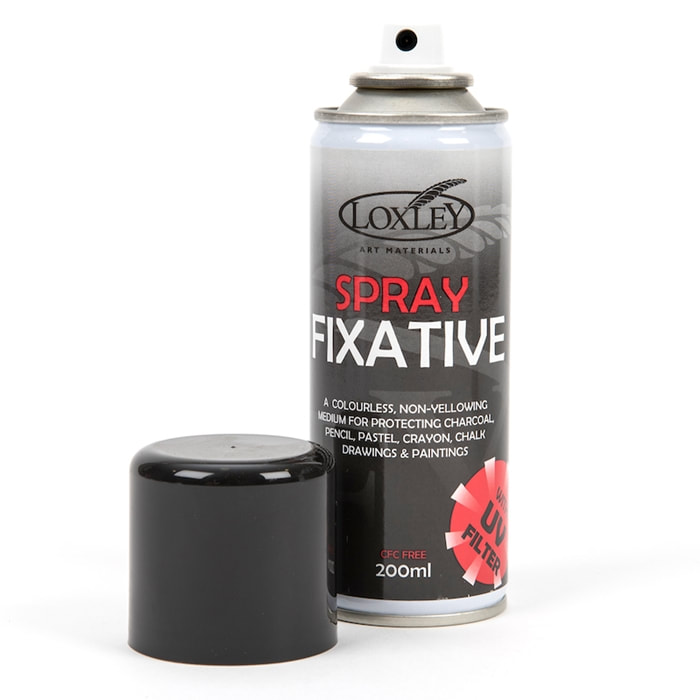
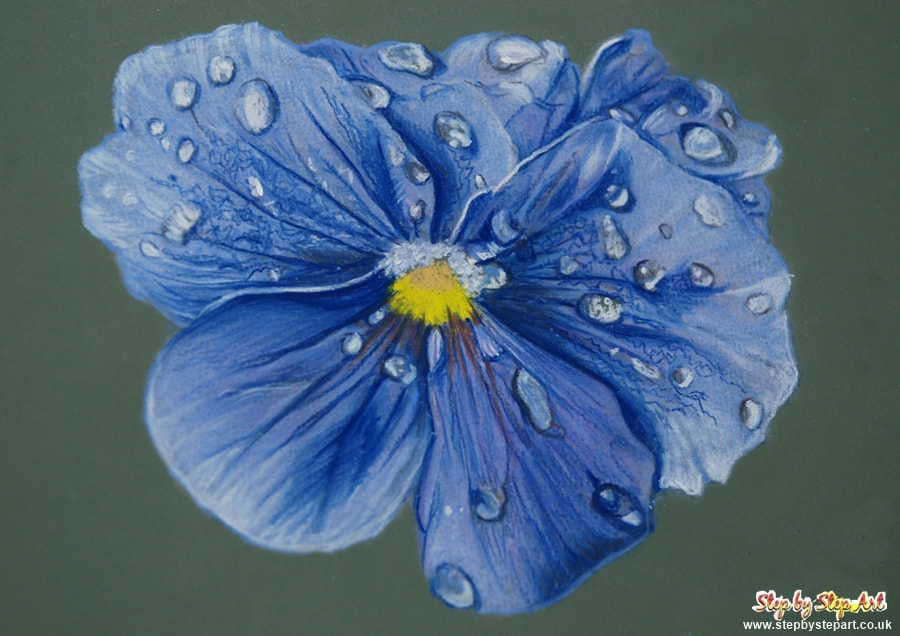
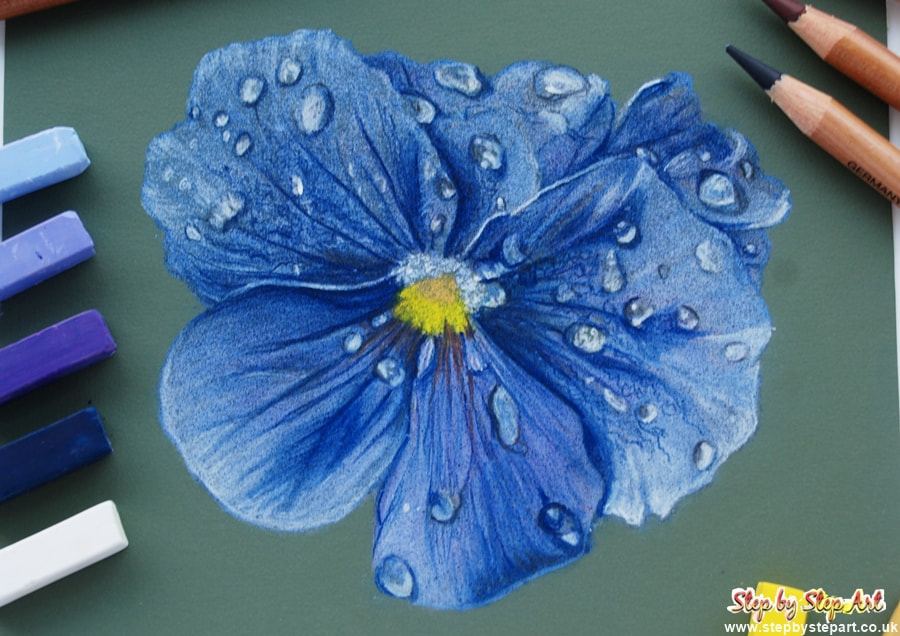
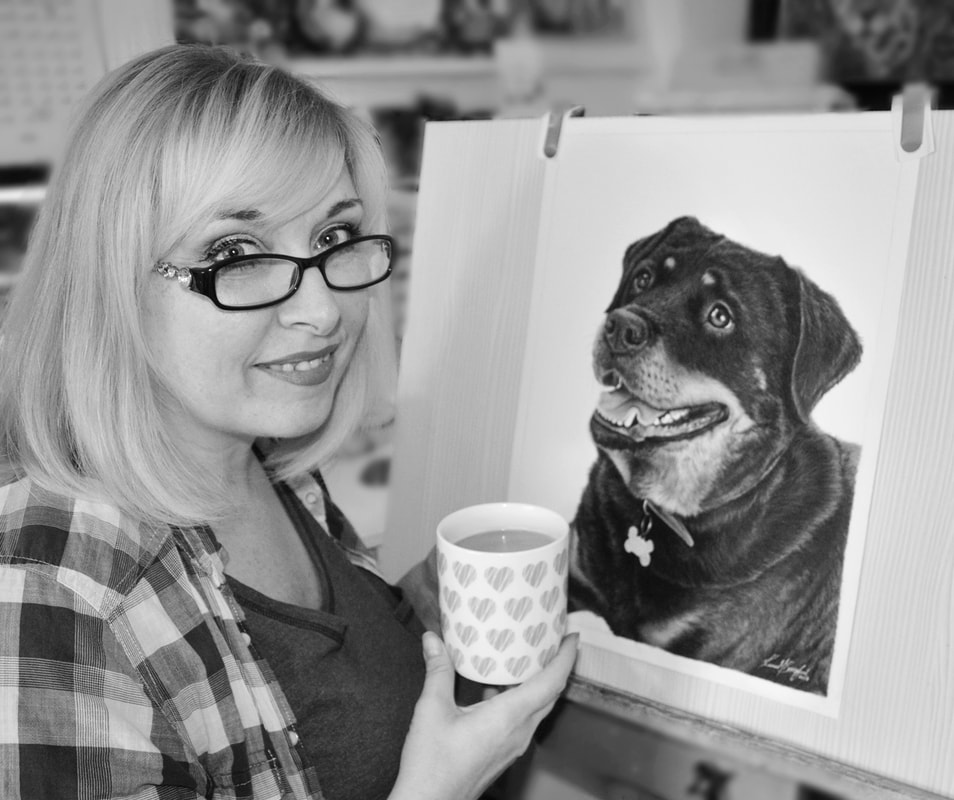
 RSS Feed
RSS Feed



